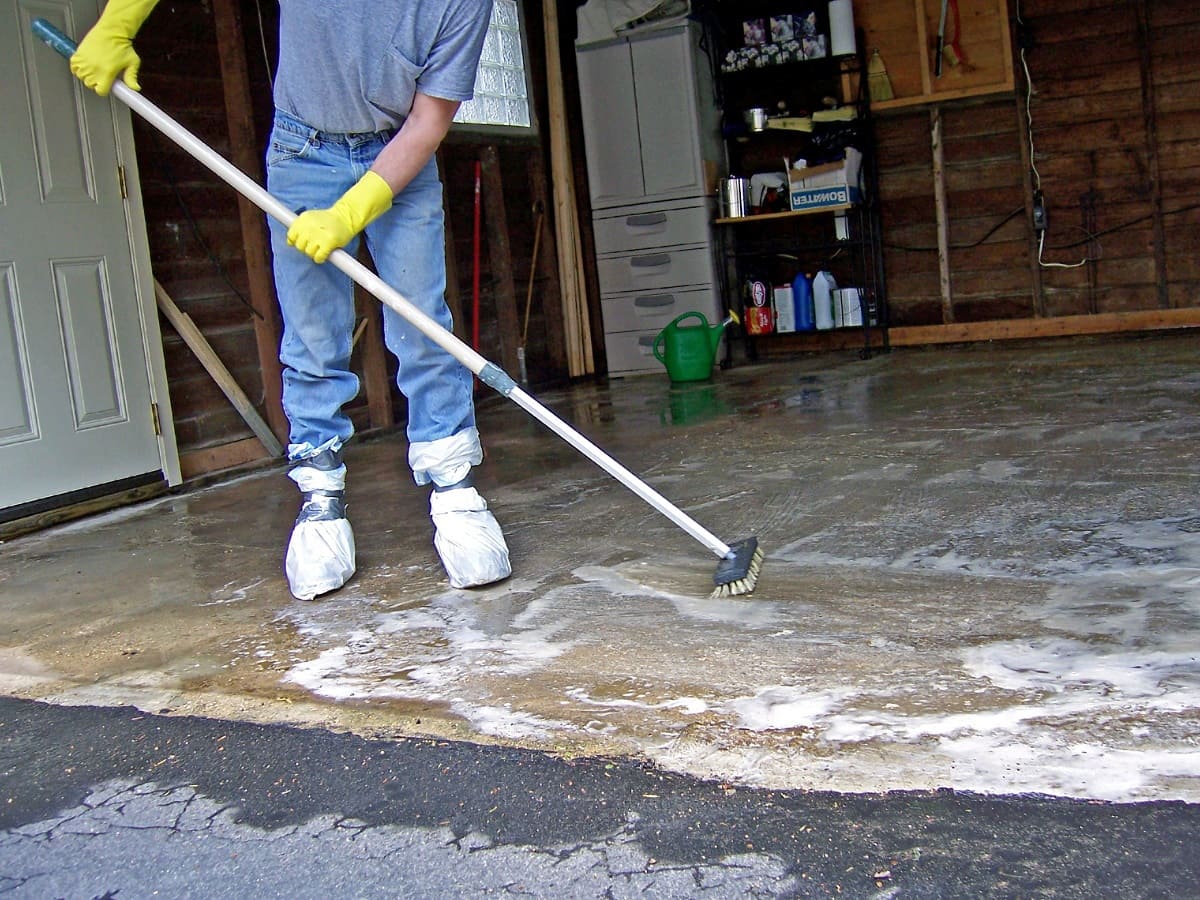

Articles
How To Clean Garage Floor
Modified: March 24, 2024
Learn effective techniques and tips for cleaning your garage floor with our informative articles. Transform your space with ease and efficiency.
(Many of the links in this article redirect to a specific reviewed product. Your purchase of these products through affiliate links helps to generate commission for Storables.com, at no extra cost. Learn more)
Introduction
Welcome to our guide on how to clean your garage floor. The garage is often a neglected area when it comes to cleaning, but keeping it tidy and well-maintained not only improves its aesthetic appeal but also prolongs the lifespan of the floor. Whether your garage floor is made of concrete, tiles, or epoxy, regular cleaning is essential in order to remove stains, oil spills, dirt, and debris.
In this article, we will provide you with comprehensive steps and tips to effectively clean your garage floor. From preparing the floor to applying a sealant or coating, we will guide you through the entire process. So roll up your sleeves, gather the necessary tools and materials, and let’s get started!
Key Takeaways:
- Transform your garage into a clean and inviting space by following comprehensive steps to effectively remove stains, spills, and dirt from your garage floor. A well-maintained garage floor creates a pleasant and functional environment for various activities.
- Establish a regular maintenance routine to keep your garage floor looking clean, fresh, and well-maintained for years to come. By investing time in cleaning and maintaining your garage floor, you can improve its visual appeal and extend its lifespan.
Read more: How To Clean Oil From Garage Floor
Tools and Materials Needed
Before you begin cleaning your garage floor, it’s important to gather the necessary tools and materials to ensure a thorough and efficient cleaning process. Here’s a list of what you’ll need:
- Broom or dust mop: Used to sweep away loose dirt and debris.
- Stiff-bristled brush or scrub brush: Helps to remove stubborn stains and dirt.
- Bucket: Used to mix cleaning solutions and hold water.
- Hot water: Helps to dissolve stains and loosen dirt.
- Mild detergent or specialized cleaner: Choose a cleaning solution suitable for your garage floor material.
- Power washer: Optional but recommended for a deep clean.
- Squeegee or mop: Used to remove excess water after washing.
- Protective gear: Gloves, safety glasses, and a mask to protect yourself from chemicals and fumes.
- Sealant or coating: Optional but recommended for added protection and a polished finish.
- Plastic sheet or tarp: Used to cover any sensitive items or areas in the garage.
Now that you have gathered all the necessary tools and materials, you are ready to move on to preparing the garage floor for cleaning. By having everything on hand, you can ensure a smooth and uninterrupted cleaning process.
Preparing the Garage Floor
Before diving into the cleaning process, it’s important to properly prepare the garage floor. This involves removing any objects, furniture, or vehicles from the area to ensure unrestricted access to the entire floor.
Next, inspect the floor for any large debris or loose dirt. Use a broom or dust mop to sweep away the loose dirt, ensuring that the entire floor is clear. If you notice any oil stains or spills, now is the time to apply an absorbent material, such as cat litter or baking soda, to soak up the oils before moving onto the next step.
If your garage floor has any cracks or damaged areas, it’s a good idea to repair them before cleaning. Use a suitable patching compound or concrete filler to fill in any cracks, following the manufacturer’s instructions. Allow the compound to dry and cure properly before proceeding.
It’s also important to protect any sensitive areas or items in your garage during the cleaning process. Cover any furniture, tools, or equipment with a plastic sheet or tarp to prevent them from getting wet or damaged.
Once your garage floor is clear of debris, oil spills, and protected items, you are ready to move on to the next step: removing stains and spills.
Removing Stains and Spills
Stains and spills can be unsightly and can cause damage to your garage floor if not properly addressed. Here’s how to effectively remove stains and spills from your garage floor:
- For oil or grease stains, sprinkle an absorbent material such as cat litter or baking soda over the affected area. Allow it to sit for a few hours or overnight to absorb the oil. Sweep or vacuum the absorbent material, and then use a scrub brush and a mixture of hot water and mild detergent to scrub the stain. Rinse the area thoroughly with clean water and allow it to dry.
- If you have rust stains on your garage floor, use a commercial rust remover according to the manufacturer’s instructions. Apply the rust remover to the stain, let it sit for the recommended amount of time, and then scrub with a stiff-bristled brush. Rinse the area with clean water and dry it thoroughly.
- For other types of stains, such as paint or ink, you may need a specialized cleaner or solvent. Follow the instructions on the product label and use it to treat the stain. Scrub with a brush and rinse the area with water.
- If you notice any spills, such as automotive fluids or chemicals, clean them up immediately to prevent staining. Absorb the spill with paper towels or a cloth, and then clean the area with a mild detergent and water.
Remember to always wear gloves and follow safety precautions when using cleaning solutions or solvents. It’s also a good idea to test any cleaning products on a small, inconspicuous area of your garage floor before applying them to the entire stain.
Once you’ve successfully removed stains and spills from your garage floor, it’s time to move onto the next step: sweeping and dusting the floor.
Sweeping and Dusting the Floor
Before moving on to more intensive cleaning methods, it’s important to thoroughly sweep and dust your garage floor. This step helps to remove loose dirt, debris, and smaller particles that may be hidden in corners or cracks. Here’s how to effectively sweep and dust your garage floor:
- Start by sweeping the floor with a broom or dust mop, beginning from one corner and working your way towards the entrance. Make sure to reach all areas, including corners and edges.
- Pay extra attention to cracks or crevices where dirt may accumulate. You can use a small brush or a vacuum cleaner to remove dirt and debris from these hard-to-reach areas.
- If you notice any cobwebs or spider webs in corners or along the walls, use a long-handled broom or a duster to remove them. This step helps to create a cleaner and more inviting space.
- For stubborn dirt or dust that is difficult to remove with a broom, use a handheld vacuum or a shop vacuum. These tools can help to remove finer particles and ensure a more thorough cleaning.
By sweeping and dusting your garage floor, you not only remove loose dirt and debris but also prepare the surface for more extensive cleaning methods. This step helps to ensure that the cleaning solutions penetrate the floor properly and provide a deeper clean.
Once you have successfully swept and dusted your garage floor, it’s time to move onto the next step: power washing the floor (if applicable).
Use a mixture of hot water and a degreasing cleaner to scrub the garage floor. For tough stains, use a stiff brush or pressure washer. Rinse thoroughly and let it dry completely.
Read more: How To Paint A Garage Floor
Power Washing the Floor
If your garage floor is heavily stained or has accumulated dirt and grime over time, power washing can be an effective method to achieve a deep and thorough clean. Here’s how to power wash your garage floor:
- Start by removing any loose debris, dirt, or objects from the floor surface. Sweep or use a broom to get rid of any larger particles that may interfere with the power washing process.
- Connect your power washer to a water source and make sure it is in good working condition. Adjust the pressure settings according to the manufacturer’s recommendations and the condition of your garage floor.
- Begin power washing from one corner of the garage and work your way towards the exit. Hold the power washer nozzle at a 45-degree angle and maintain a consistent distance from the floor surface. This will ensure even cleaning and prevent any damage to the floor.
- Move the power washer in a steady and overlapping motion, covering the entire floor surface. Pay extra attention to areas with stubborn stains or dirt buildup. For these areas, you may need to bring the nozzle closer to the floor or use a rotating brush attachment.
- After power washing the entire floor, inspect for any remaining stains or dirt. If necessary, repeat the power washing process or use a scrub brush and mild detergent to target specific areas.
- Once you are satisfied with the cleanliness of your garage floor, turn off the power washer and disconnect it from the water source. Allow the floor to dry completely before moving on to the next step.
Power washing is an efficient method to remove tough stains and deep-seated dirt from your garage floor. However, it’s important to follow safety guidelines and manufacturer’s instructions to prevent any damage to the floor or surrounding areas.
Now that your garage floor is clean and dry, it’s time to move on to the next step: scrubbing and mopping the floor.
Scrubbing and Mopping the Floor
After power washing your garage floor, it’s time to give it a detailed scrubbing to remove any remaining stains and grime. Here’s how to effectively scrub and mop your garage floor:
- Prepare a cleaning solution by mixing hot water and a mild detergent or specialized cleaner suitable for your garage floor material. Follow the manufacturer’s instructions for the recommended dilution ratio.
- Using a scrub brush or stiff-bristled brush, dip it into the cleaning solution and begin scrubbing the floor in small sections. Apply firm pressure to target any stubborn stains or dirt buildup.
- Work your way across the entire floor, paying extra attention to high-traffic areas, oil stains, or any other problem areas. Continuously dip the brush into the cleaning solution and rinse it as needed.
- Once you have scrubbed the entire floor, let the cleaning solution sit on the floor for a few minutes to allow it to penetrate and dissolve any remaining dirt or stains.
- Next, fill a bucket with clean water and use a mop or a squeegee to mop the floor, removing the cleaning solution. Start from one end of the garage and work your way towards the exit. Rinse the mop or squeegee as needed.
- Repeat the mopping process if necessary to ensure that all traces of the cleaning solution are removed from the floor.
- Allow the floor to air dry completely before moving any items or vehicles back into the garage. Be patient as this may take some time, especially if the weather is humid or if the garage is poorly ventilated.
Scrubbing and mopping your garage floor helps to ensure a clean and polished surface free from any lingering stains or residue. It also helps to remove any remaining cleaning solution that could otherwise leave the floor sticky or attract dirt.
Now that your garage floor is clean and dry, it’s time to move on to the next step: applying a sealant or coating (if desired).
Applying a Sealant or Coating
Applying a sealant or coating to your garage floor not only enhances its appearance but also provides an added layer of protection against stains, moisture, and daily wear and tear. Here’s how to effectively apply a sealant or coating to your garage floor:
- Make sure your garage floor is clean and completely dry before applying any sealant or coating. This will ensure proper adhesion and prevent any moisture or dirt from getting trapped underneath.
- Choose a sealant or coating suitable for your garage floor material. Common options include epoxy coatings, polyurethane sealers, or acrylic sealers. Read the manufacturer’s instructions and follow their recommendations for application.
- If using an epoxy coating, mix the epoxy according to the manufacturer’s instructions. Use a paint roller or brush to apply the epoxy evenly across the floor surface, working in small sections at a time. Apply multiple coats if needed, allowing each coat to dry completely before applying the next.
- For sealants or acrylic coatings, pour the product into a paint tray. Use a roller or brush to apply the sealant or coating in smooth, even strokes, starting from one end of the garage and working your way towards the exit. Apply multiple coats if necessary, allowing each coat to dry thoroughly between applications.
- Pay attention to any specific instructions regarding ventilation or curing time. Ensure proper ventilation during and after the application process to allow the sealant or coating to dry and cure properly.
- Depending on the type of sealant or coating you choose, it may require periodic reapplication to maintain its effectiveness. Follow the manufacturer’s recommendations for reapplication and maintenance.
Applying a sealant or coating to your garage floor not only enhances its durability but also makes it easier to clean in the future. It provides a protective barrier against stains, chemicals, and moisture, helping to prolong the life of your garage floor.
Now that your garage floor is clean, dry, and protected, it’s time for the finishing touches and maintenance.
Finishing Touches and Maintenance
Now that you have successfully cleaned and enhanced your garage floor, it’s time to add some finishing touches and establish a maintenance routine to keep it in impeccable condition. Here’s what you need to do:
- Remove any plastic sheets or tarps used to protect items or areas in the garage during the cleaning process. Make sure everything is clean and dry before placing them back in the garage.
- Inspect the garage floor for any missed spots, stains, or areas that may require touch-ups. Address them accordingly by applying the appropriate cleaning solution, scrubbing the area, or reapplying the sealant or coating.
- Consider adding floor mats or rugs in high-traffic areas to further protect the floor and enhance its appearance. These can help trap dirt and moisture, preventing them from spreading across the entire floor surface.
- Establish a regular maintenance routine for your garage floor. This includes sweeping or dusting the floor on a weekly basis to remove loose dirt and debris. Additionally, spot clean any spills or stains as soon as they occur to prevent them from becoming more difficult to remove.
- Periodically evaluate the condition of the sealant or coating on your garage floor. Depending on the type of product used, it may require reapplication every few years or as recommended by the manufacturer. Properly maintaining the sealant or coating will ensure the longevity and effectiveness of its protective properties.
Remember to always follow safety guidelines when working in your garage, including wearing appropriate protective gear such as gloves and safety glasses. Additionally, be mindful of any specific instructions or recommendations provided by the manufacturer of the cleaning solutions, sealants, or coatings you use.
By adding these finishing touches and implementing a regular maintenance routine, you can keep your garage floor looking clean, fresh, and well-maintained for years to come.
Now that you have completed the cleaning and maintenance process, take a moment to admire your sparkling garage floor, and enjoy the benefits of a clean and organized space!
Read more: How To Finish A Garage Floor
Conclusion
Cleaning your garage floor is an essential task that often gets overlooked, but with the right techniques and tools, you can transform your garage into a clean and inviting space. By following the steps outlined in this guide, you can effectively remove stains, spills, and dirt from your garage floor, ensuring it remains in top condition for years to come.
Remember to start by preparing the floor, removing any debris and protecting sensitive items. Then, tackle stains and spills using appropriate cleaning solutions and techniques, ensuring each problem area is addressed. Sweeping and dusting the floor thoroughly is crucial in preparation for more extensive cleaning methods, such as power washing, which can provide a deep clean for heavily soiled floors.
Scrubbing and mopping the floor not only removes remaining stains and dirt but also helps in preparing the surface for the application of a sealant or coating. This final step adds an extra layer of protection and enhances the appearance of your garage floor.
To maintain your garage floor’s cleanliness and longevity, establish a regular maintenance routine. Sweeping or dusting the floor on a weekly basis and addressing spills or stains promptly will prevent them from becoming more difficult to remove.
By following these steps and investing time in cleaning and maintaining your garage floor, you will not only improve its visual appeal but also extend its lifespan. A well-maintained garage floor creates a clean and organized environment, making it a more pleasant and functional space for various activities.
So, roll up your sleeves, gather the necessary tools and materials, and get started on transforming your garage floor. With proper cleaning techniques and a regular maintenance routine, you can enjoy a clean and sparkling garage for years to come.
Frequently Asked Questions about How To Clean Garage Floor
Was this page helpful?
At Storables.com, we guarantee accurate and reliable information. Our content, validated by Expert Board Contributors, is crafted following stringent Editorial Policies. We're committed to providing you with well-researched, expert-backed insights for all your informational needs.
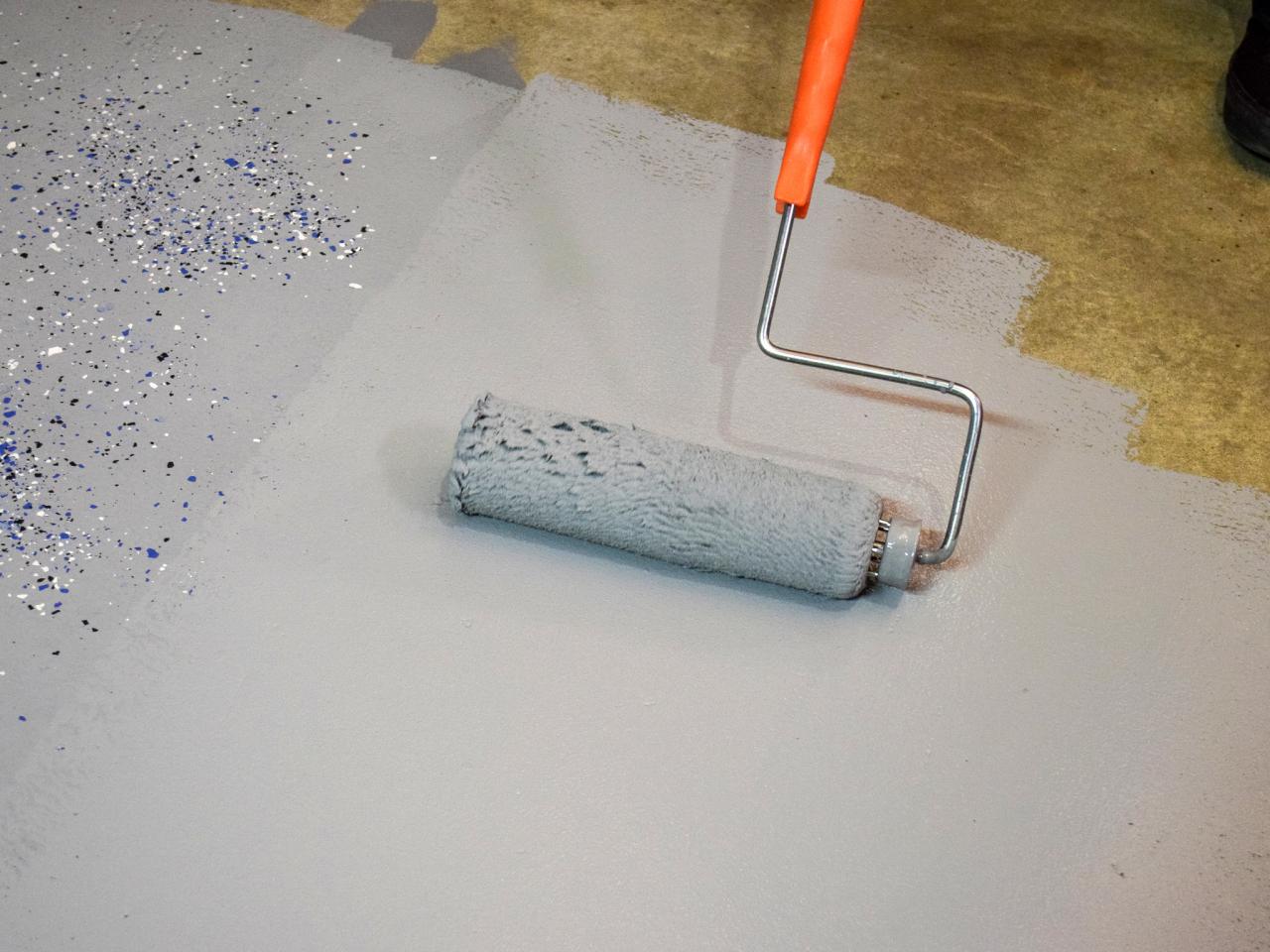
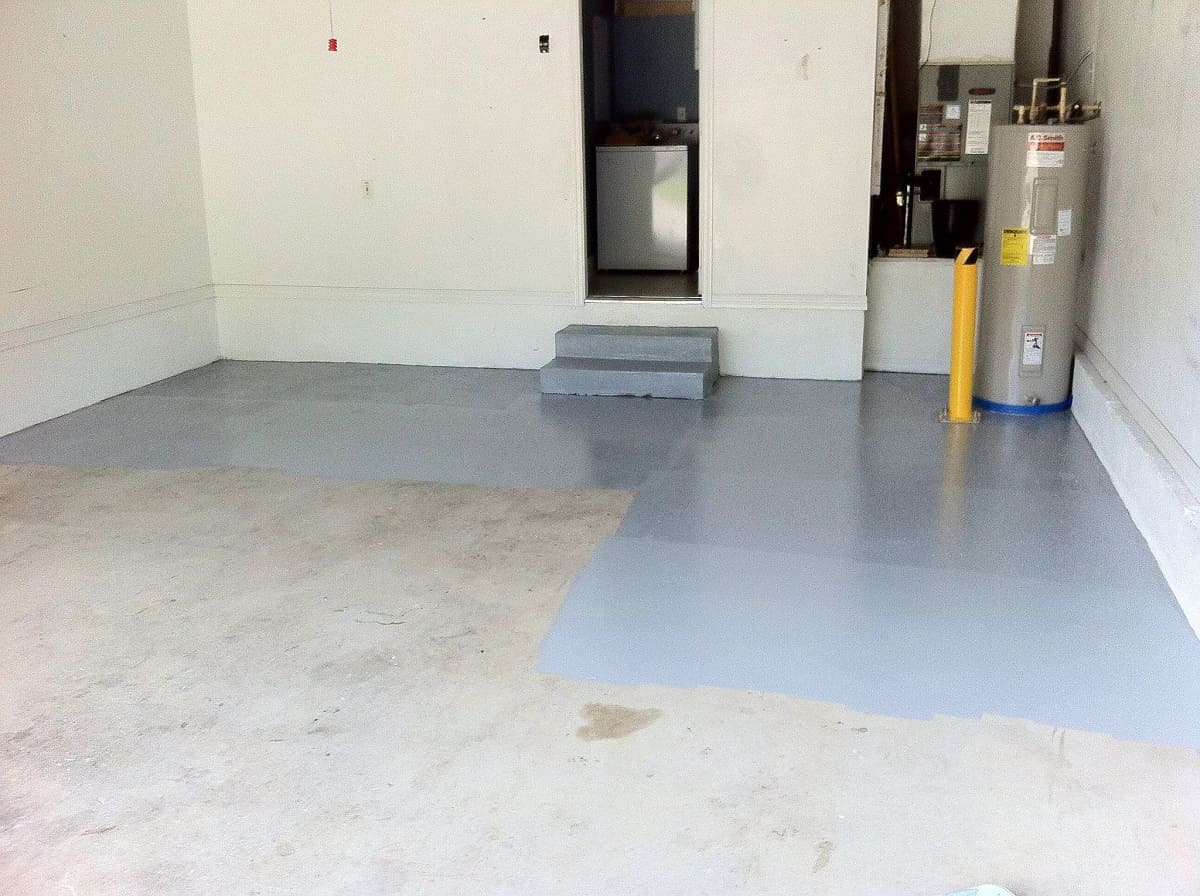
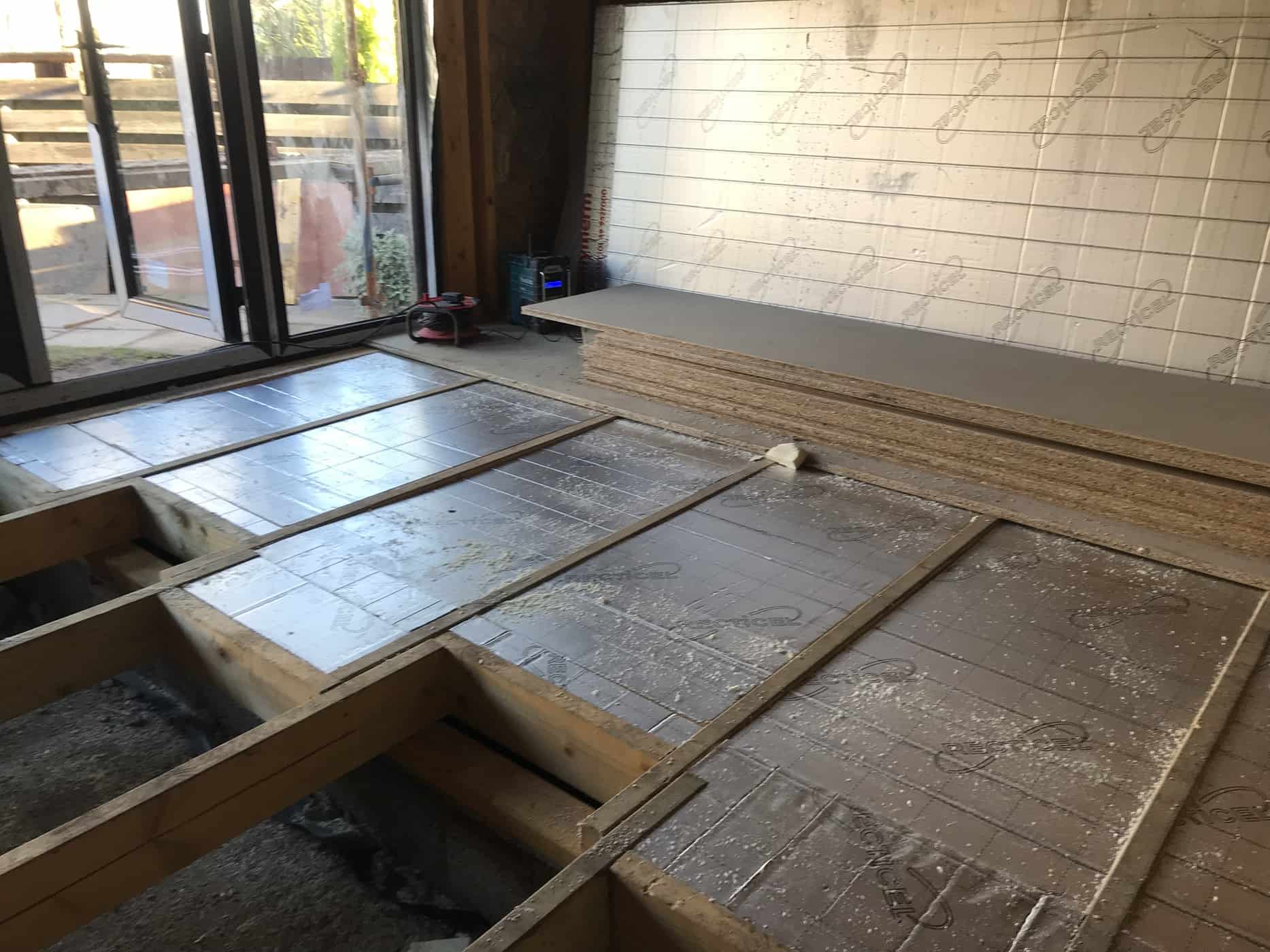
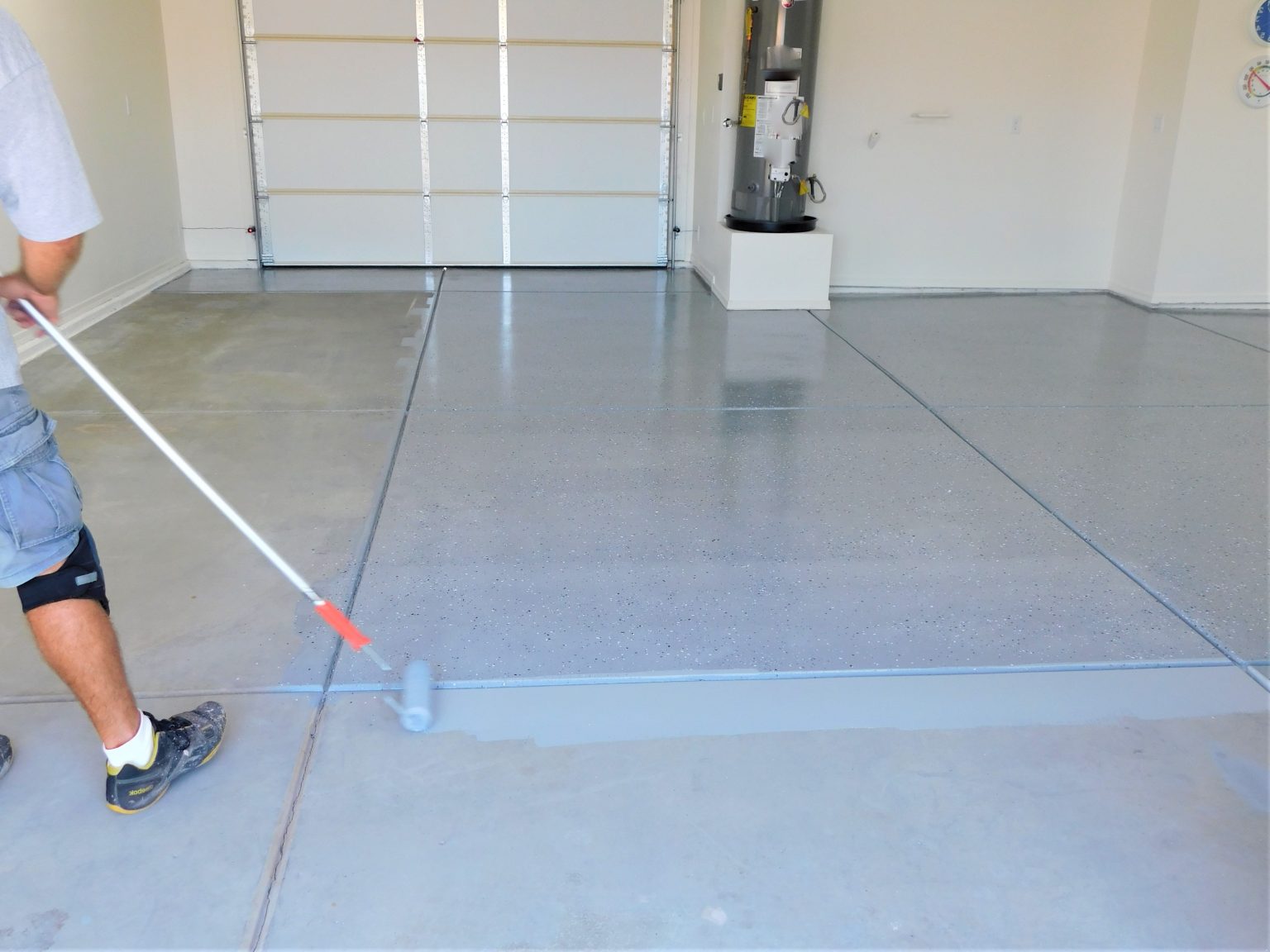
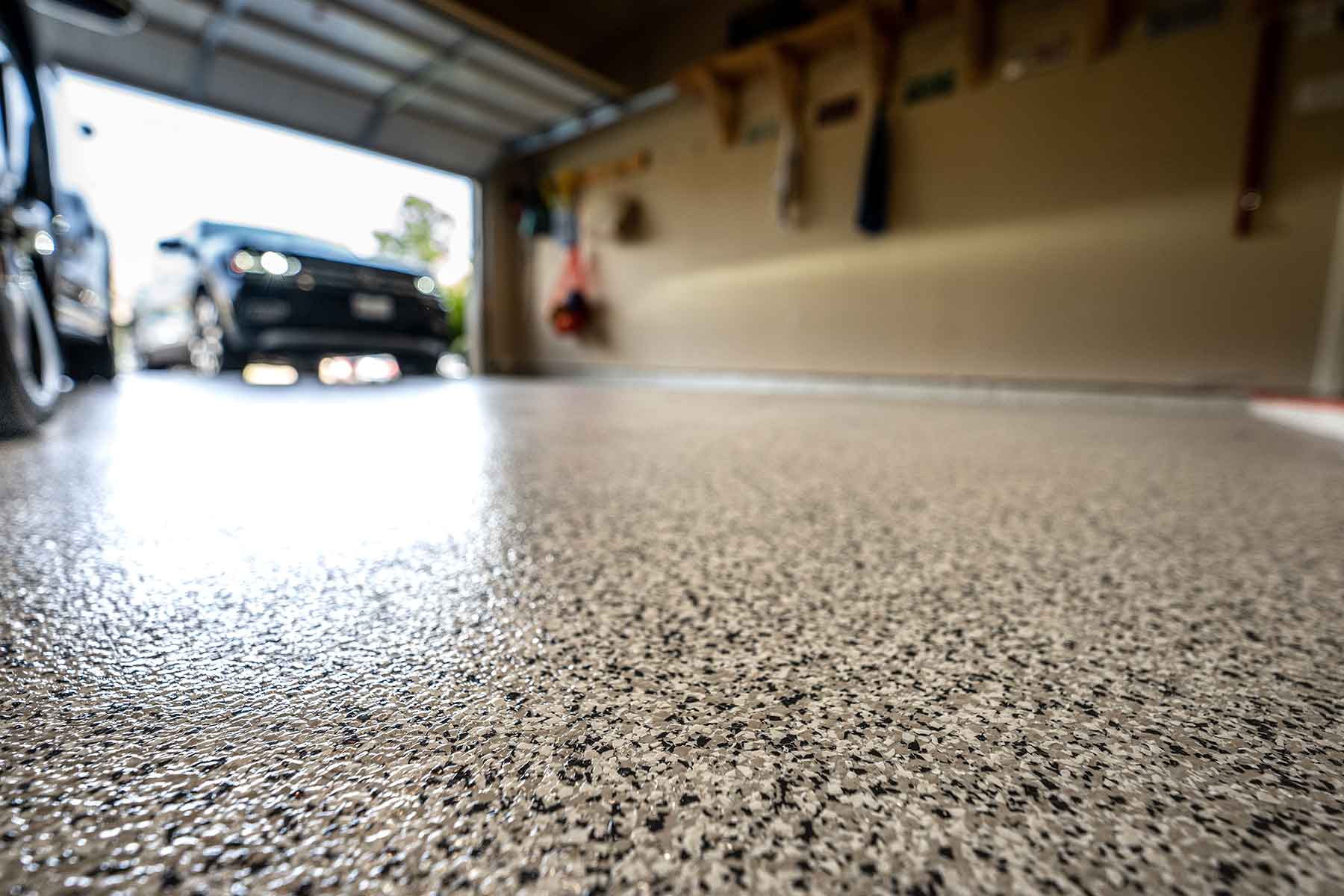
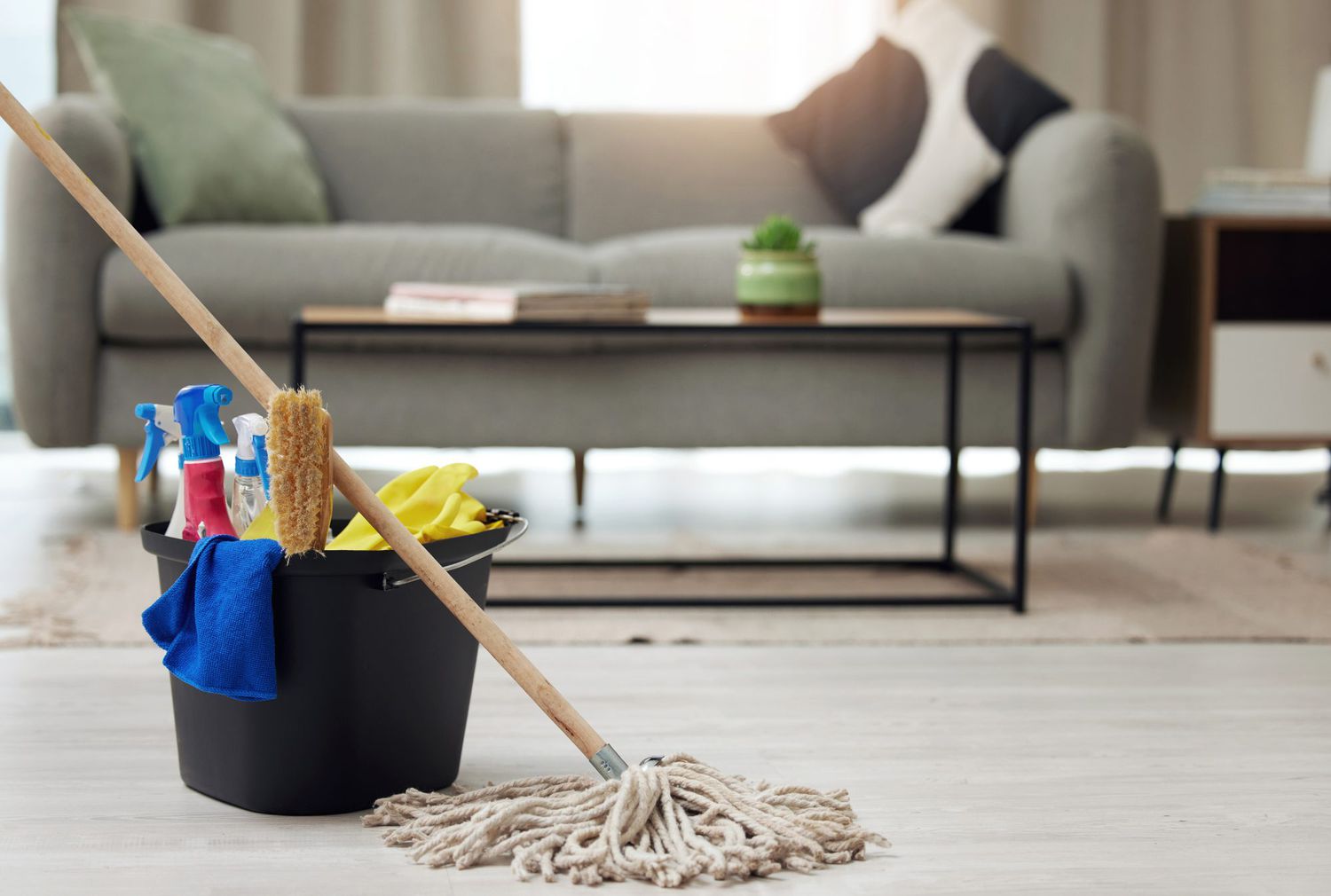
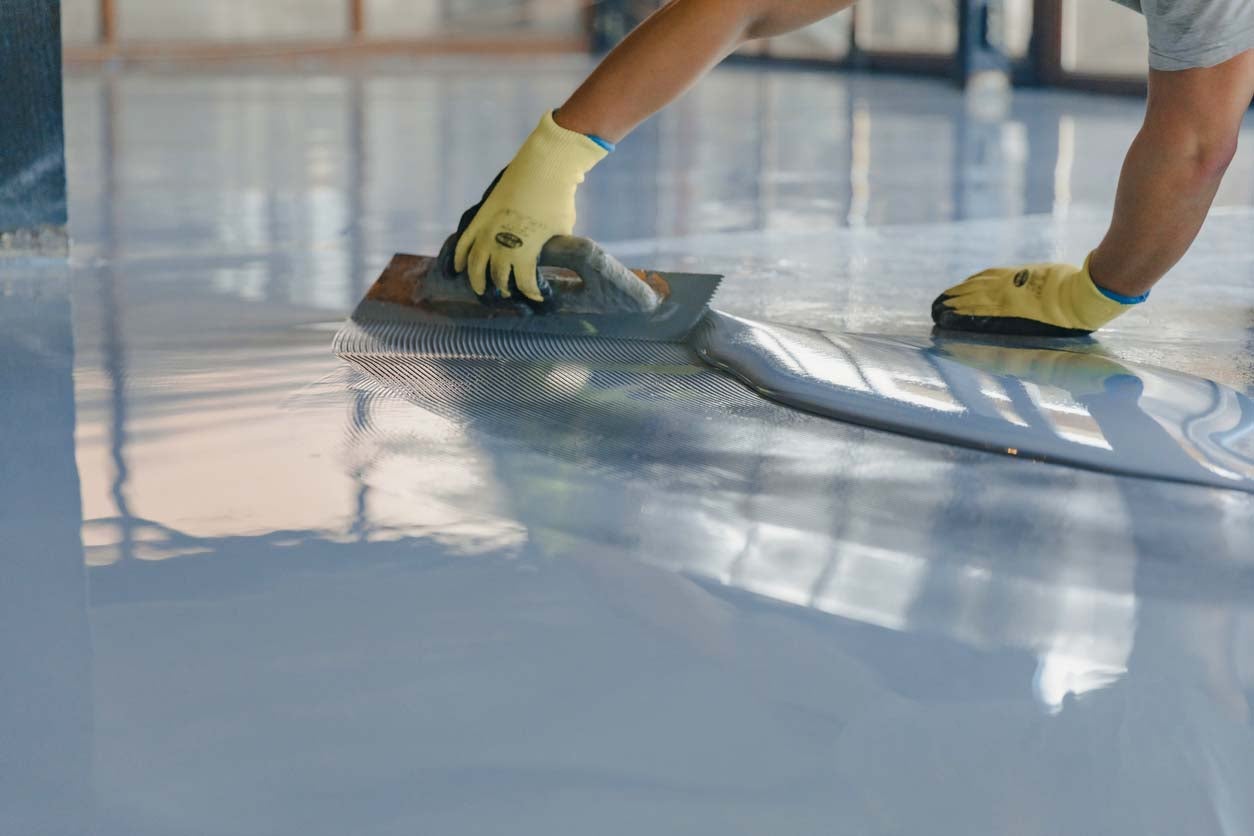
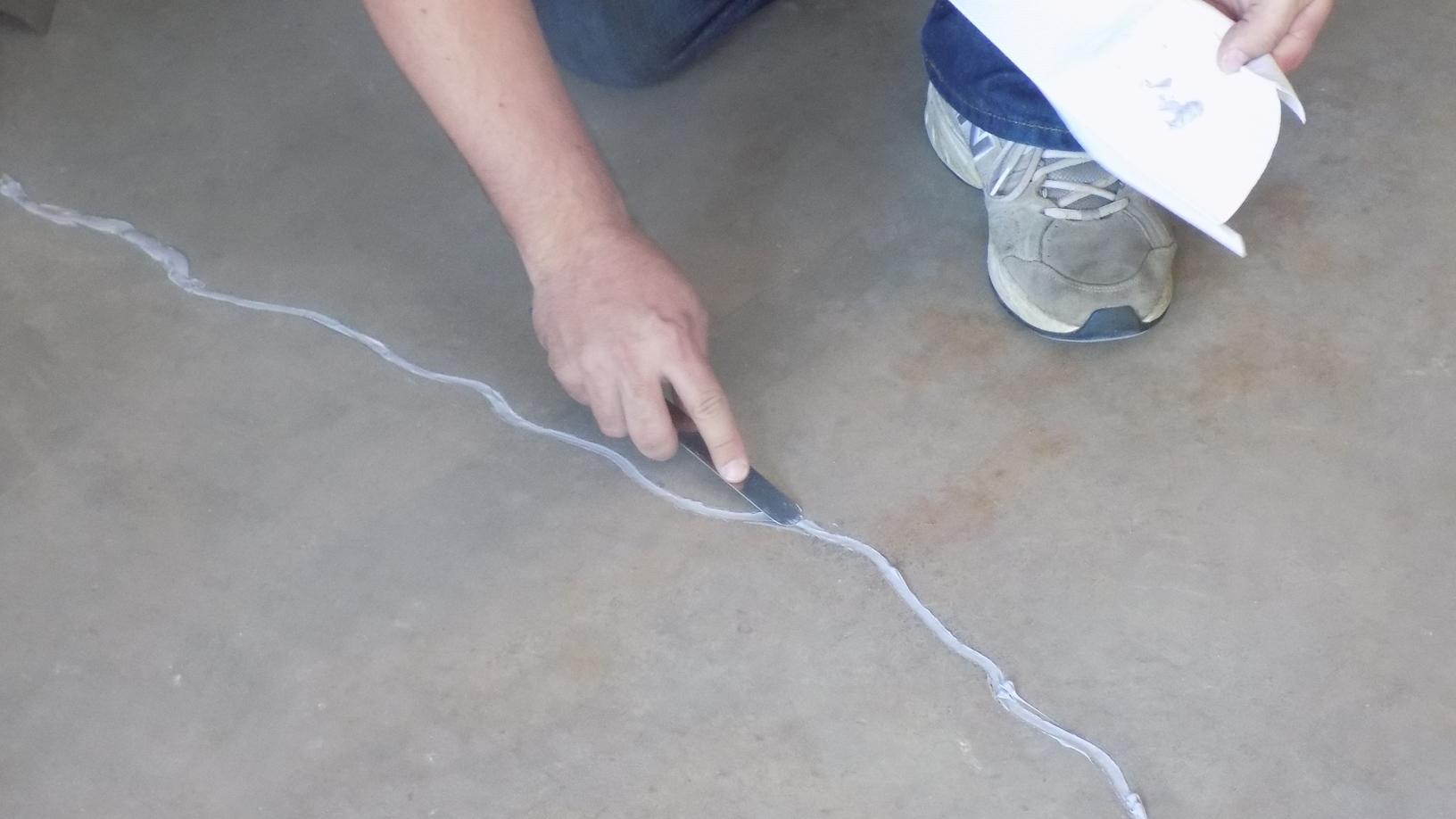
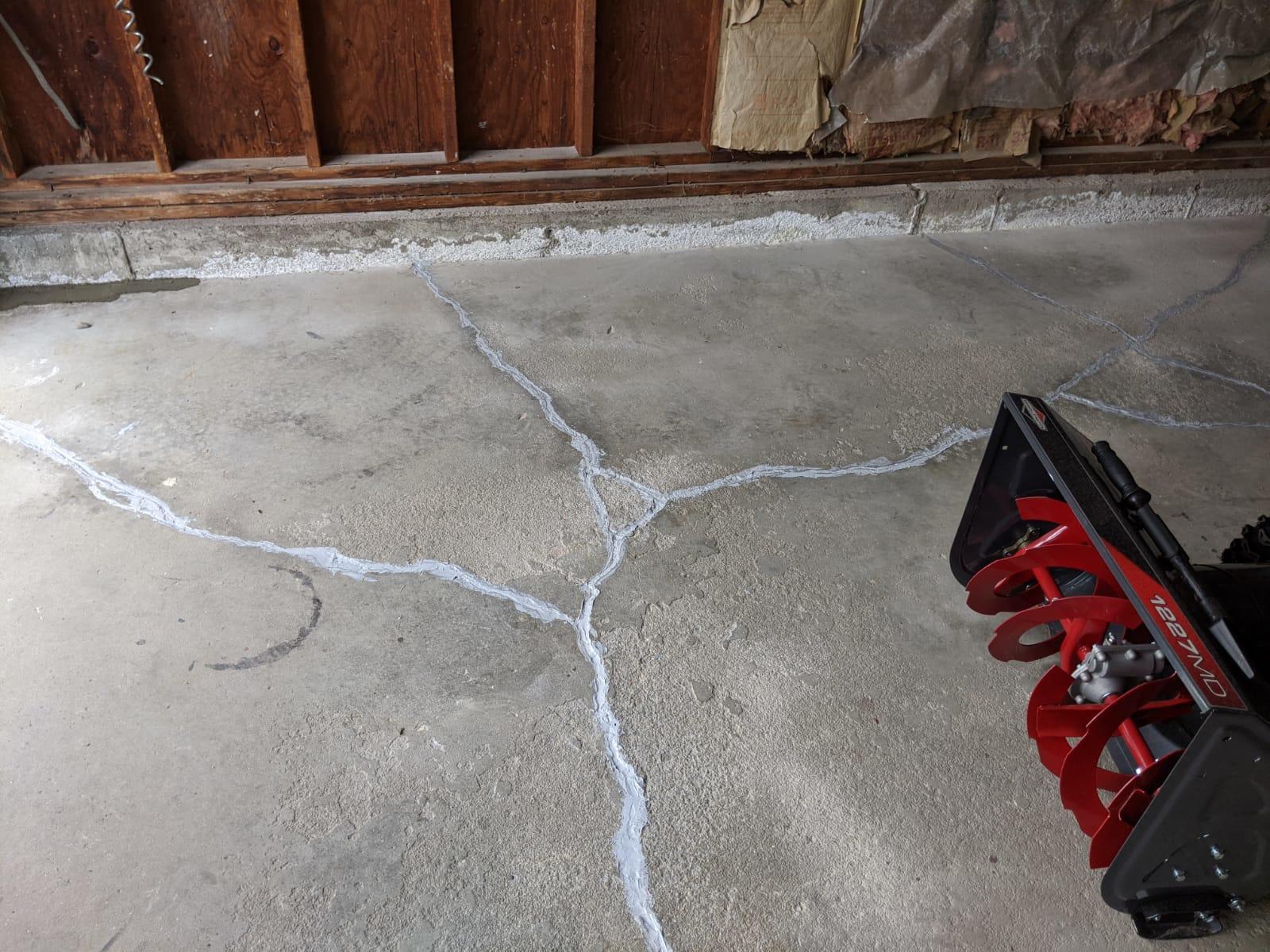
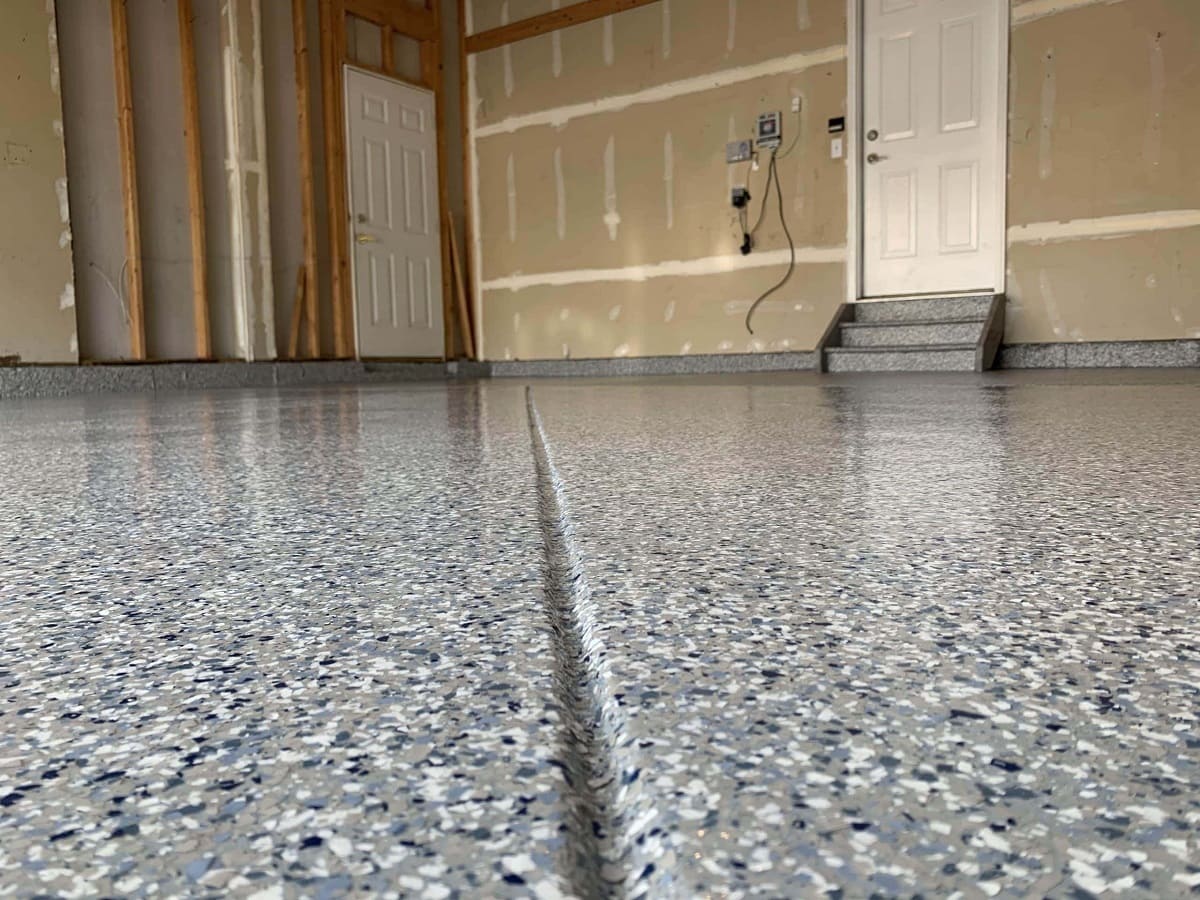
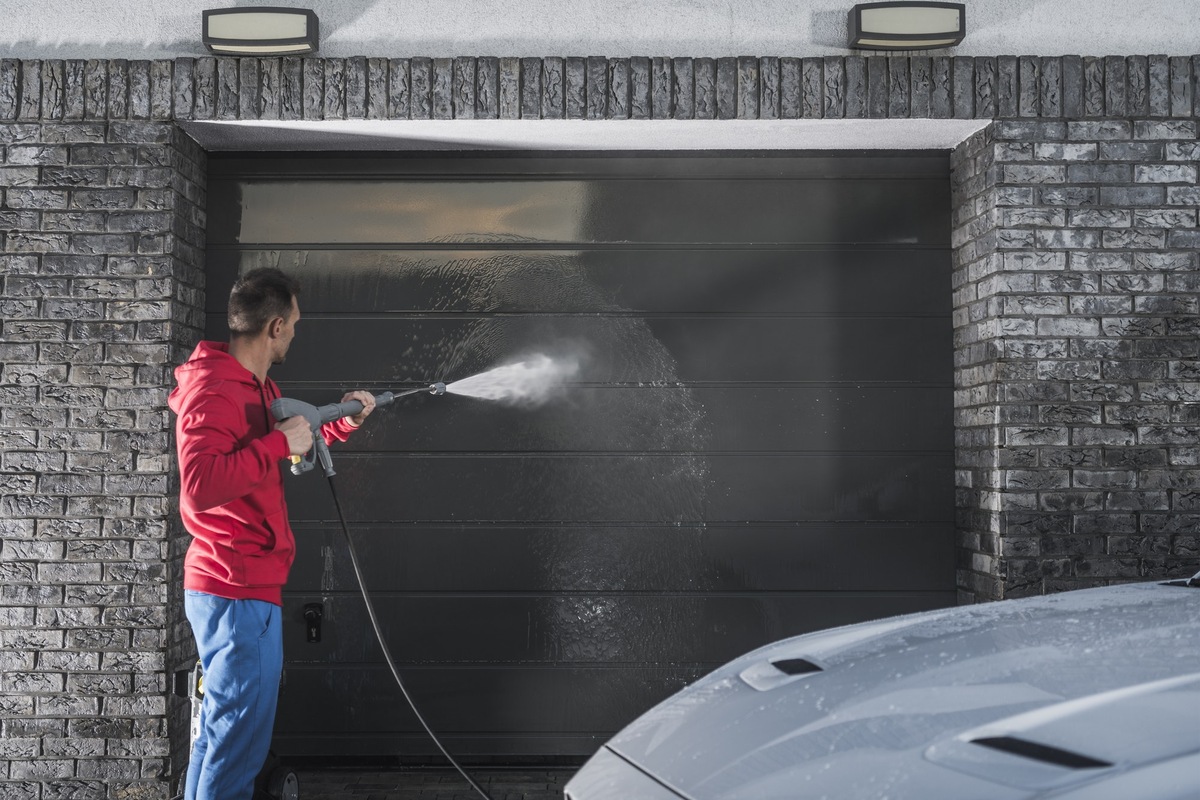
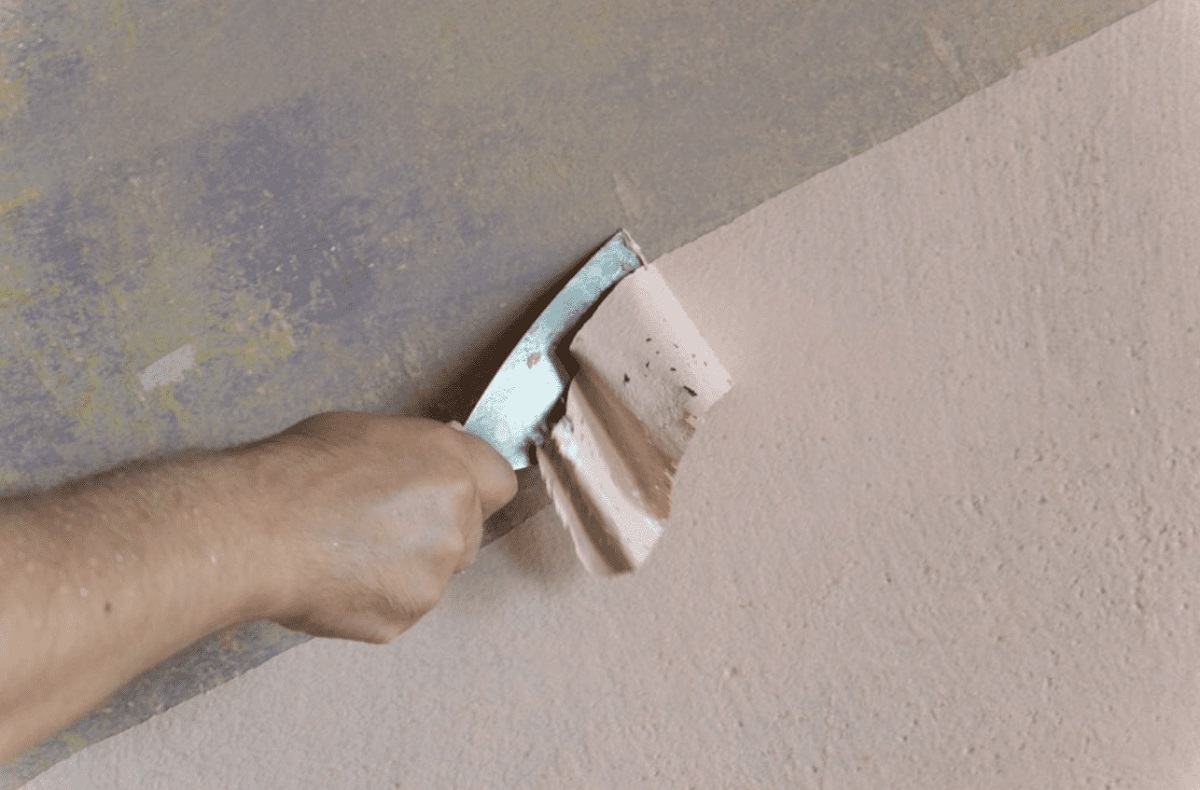
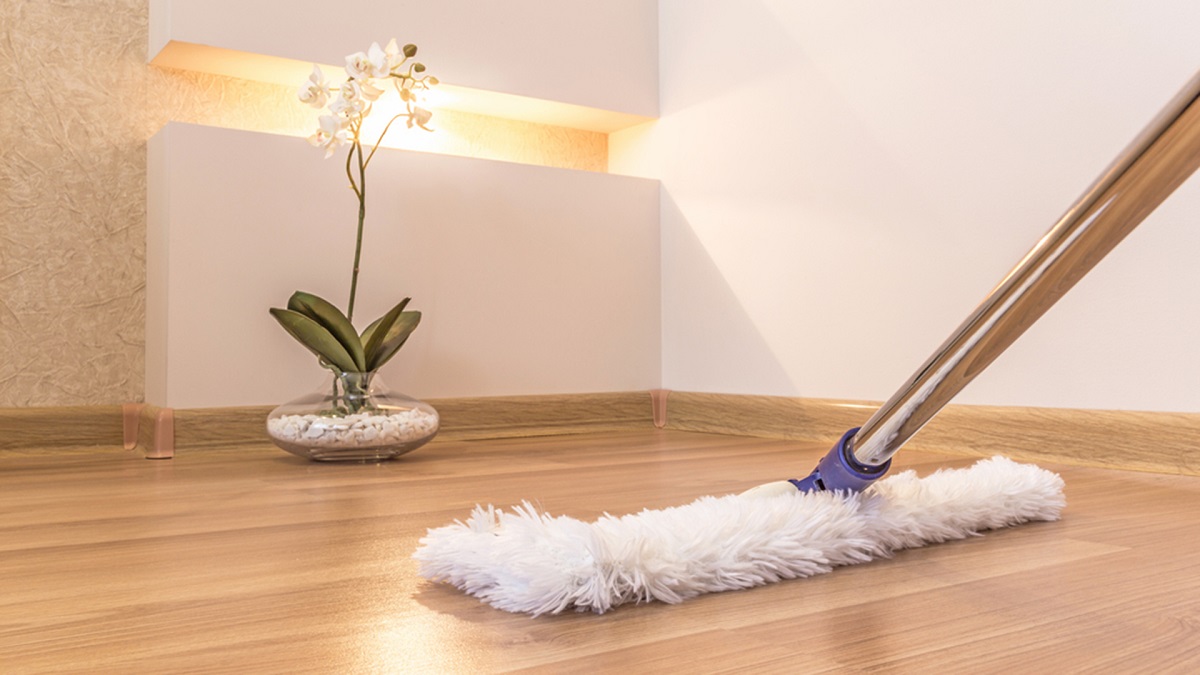

0 thoughts on “How To Clean Garage Floor”